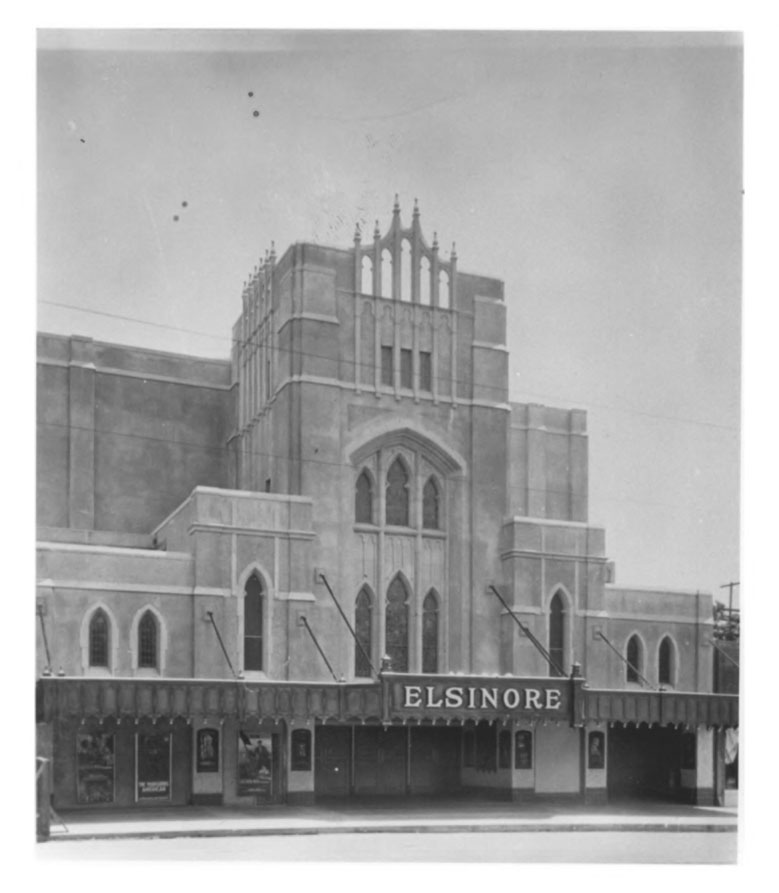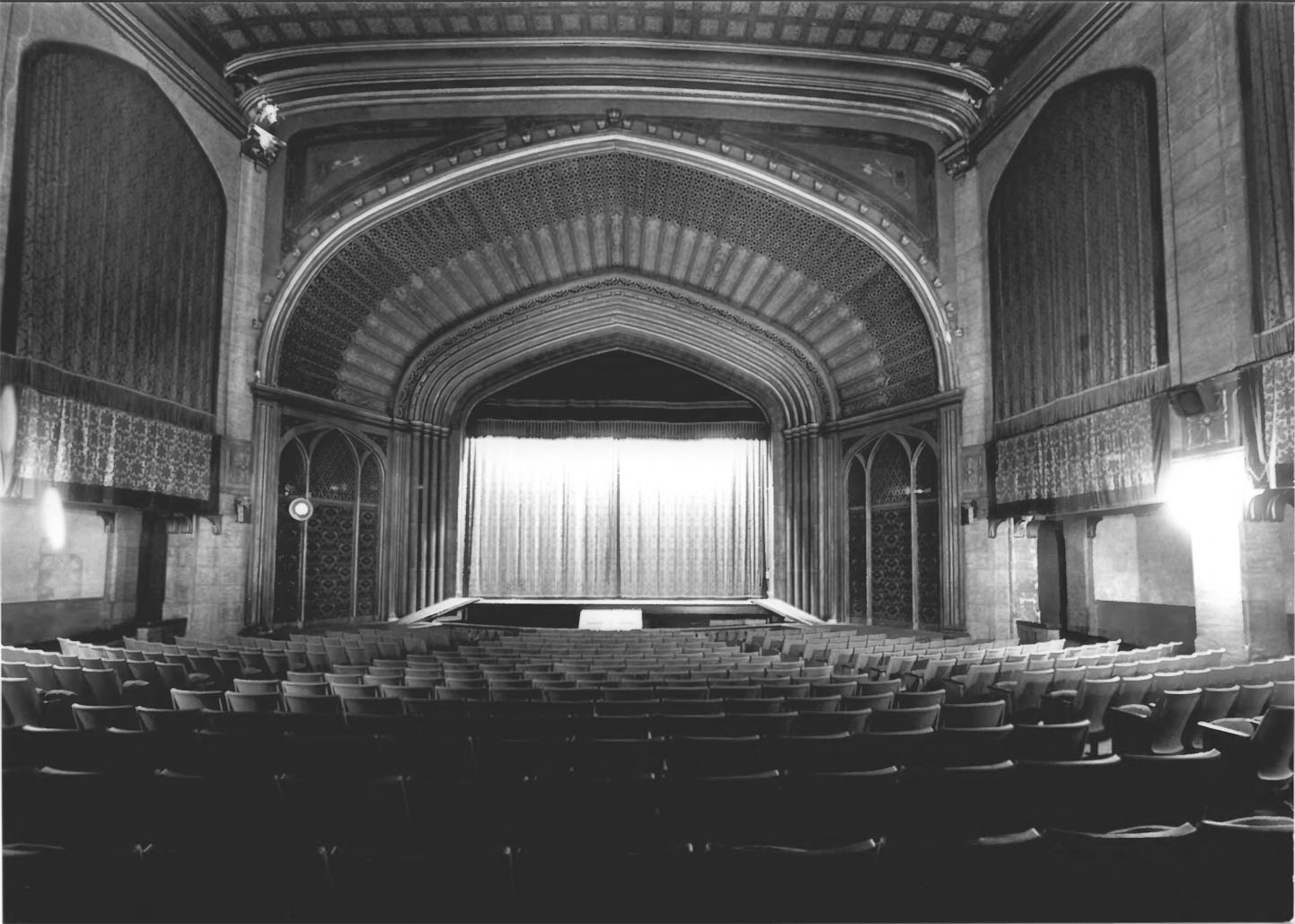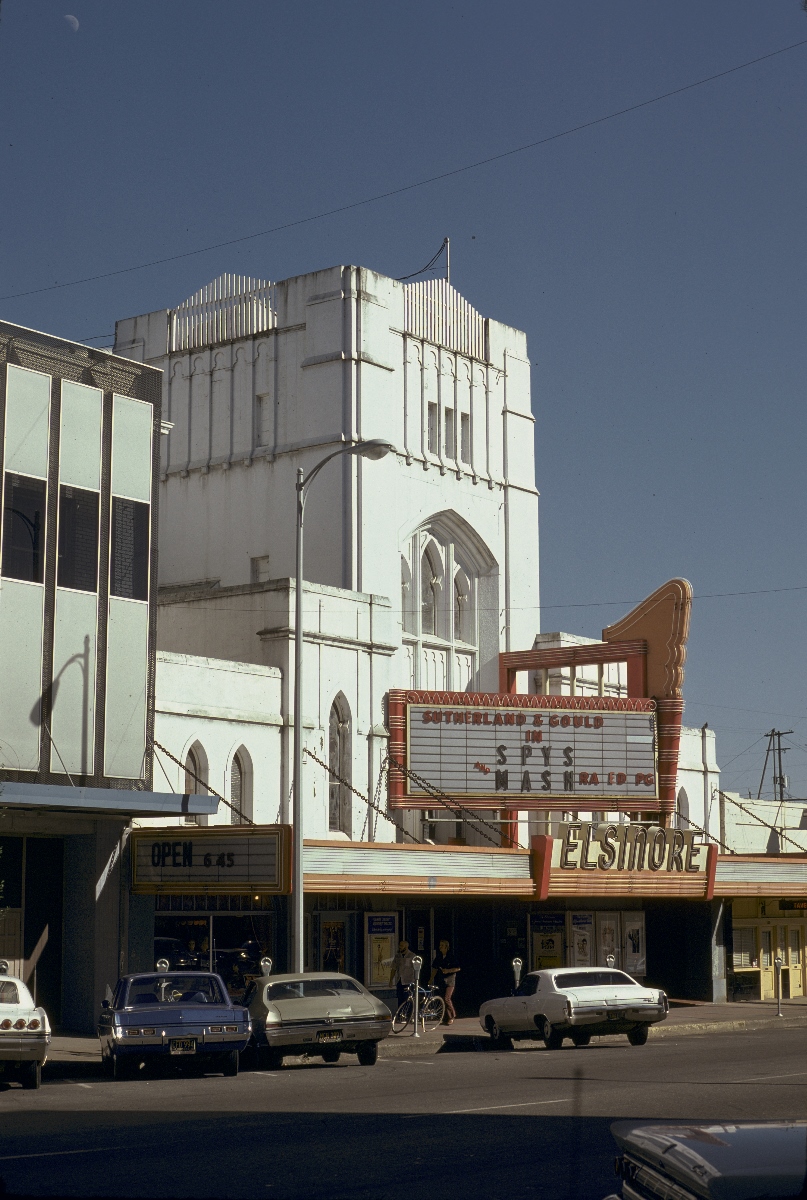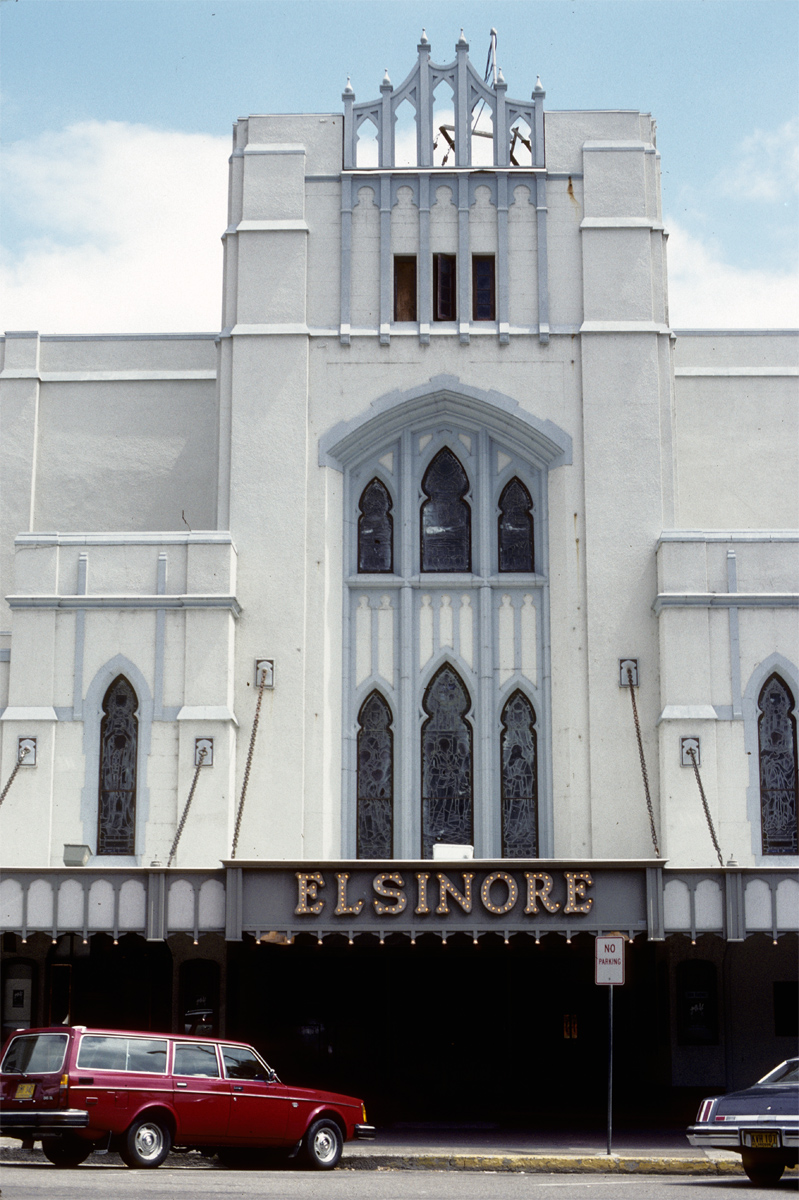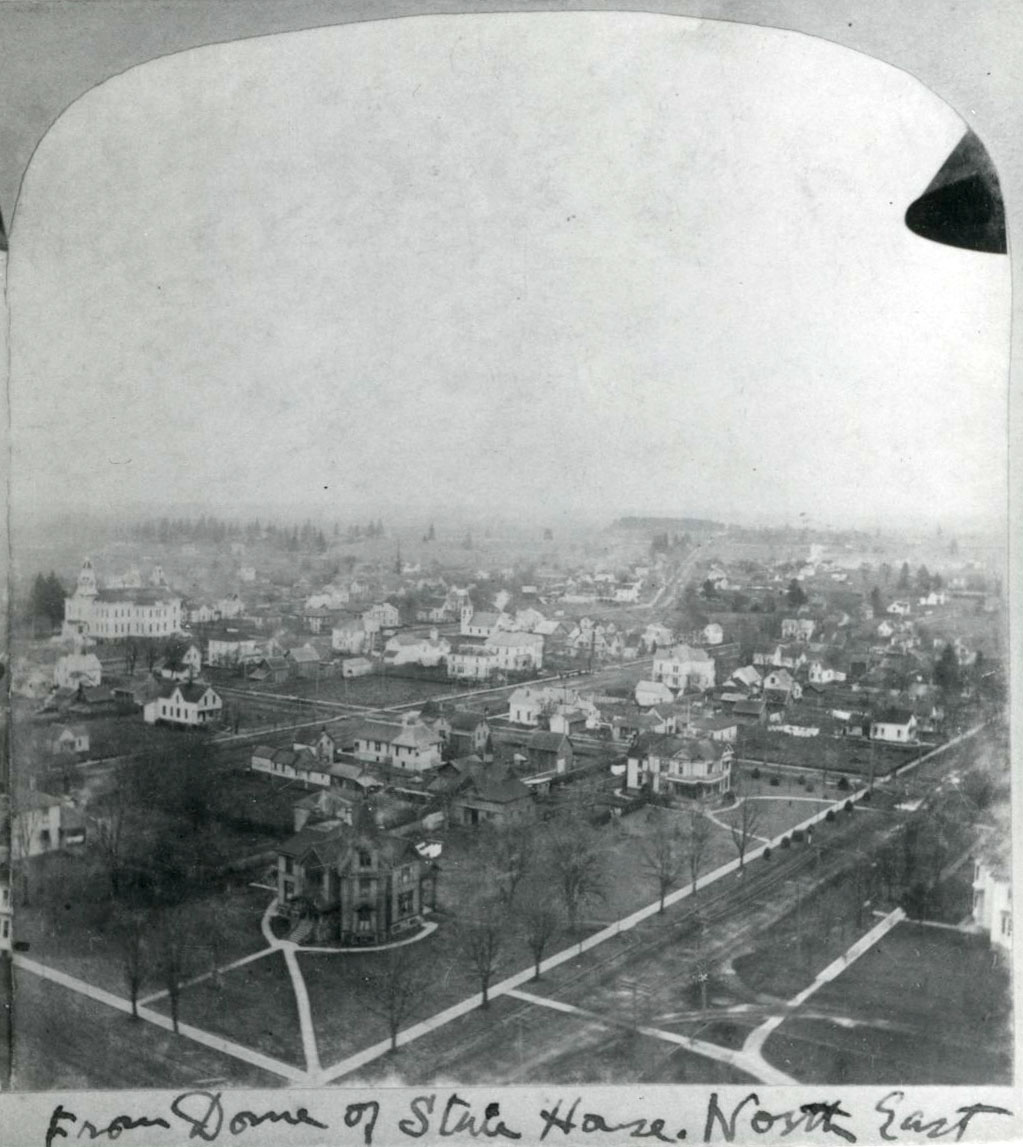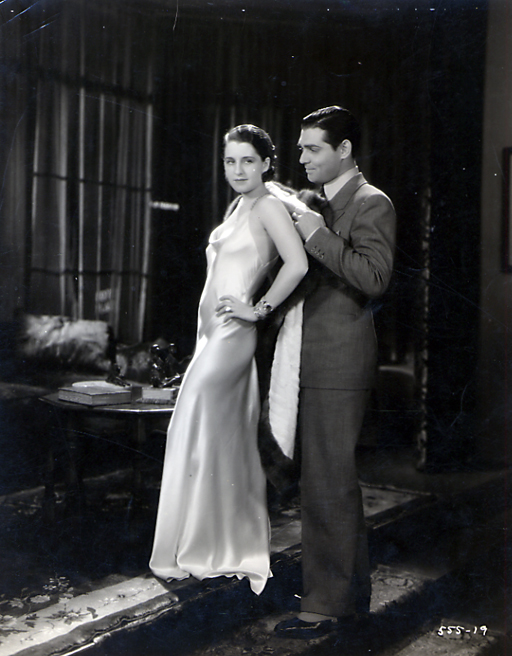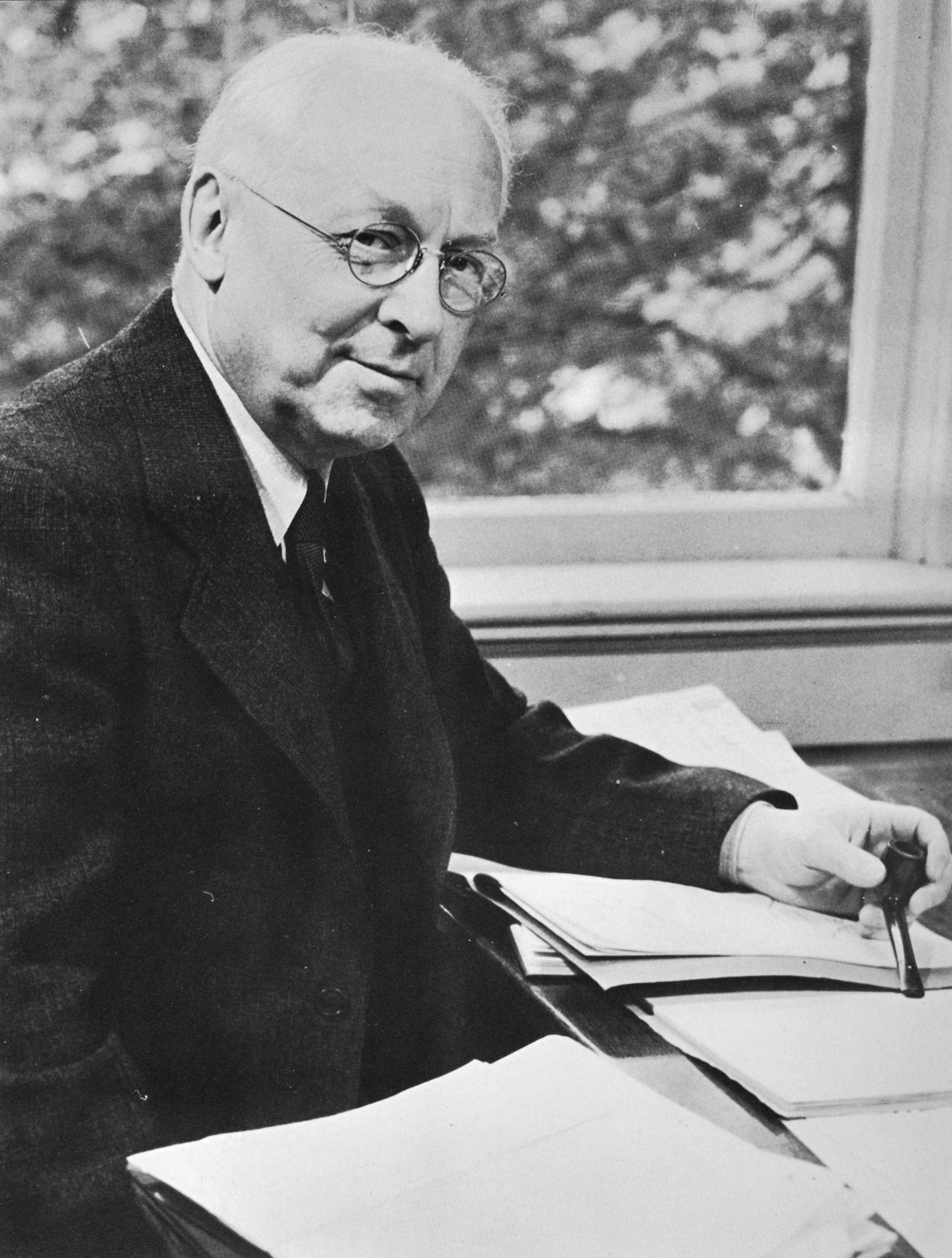Named after the sixteenth-century Danish castle in William Shakespeare’s Hamlet, the Elsinore Theater in Salem, Oregon, opened for silent films and vaudeville shows on May 28, 1926. It was heralded as the “largest and most lavish theater between Portland and San Francisco.”
In the decades since attorney and art connoisseur George B. Guthrie constructed the building at High and State Streets, the Elsinore has been an integral part of the city’s cultural scene. Performers have included John Philip Sousa, Clark Gable, Jack Benny, Bonnie Raitt, Gregory Peck, Bernadette Peters, James Earl Jones, and Itzak Perlman.
Ellis F. Lawrence, founder of the University of Oregon School of Architecture, and interior designer Fred S. Allyn designed the Elsinore by combining the characteristics of a Gothic cathedral and a Tudor palace. The building included Povey Brothers stained-glass windows, 30-foot faux stonework walls, candlelit chandeliers, a decorative foyer, murals of Shakespeare’s characters, and two grand carpeted staircases. The 1,450-seat auditorium featured a 30-by-60-foot stage, framed by a decorative proscenium arch, a 40-foot fly loft, and 17 dressing rooms. The sound was so acoustically pleasing that musicians vied for an opportunity to play on the stage. The estimated construction costs were $250,000.
Shortly after its opening, D.H. Upjohn, a Capital Journal writer, predicted: "When the grandsons and granddaughters of those who are now infants in the cradle have graying hair, the Elsinore will still stand, immutable, imperishable, a thing of beauty and joy forever."
Guthrie converted the theater in 1932 to accommodate talking pictures. When business fell off during the Great Depression, he sold his lease to Fox Theaters and then to Warner Brothers, which operated the theater until 1951. Children often filled the auditorium in the 1930s for an opportunity to perform songs and dances on stage with teenage emcee Zollie Volchok as part of his Mickey Mouse Club Matinee.
Through the 1960s, attendance declined as television kept audiences home. By the mid 1970s, vandalism and neglect had relegated the Elsinore to a second-run movie house. Plans were drawn up in 1980 to demolish the building for a parking lot, but local preservationists stepped in to form the Save Elsinore Committee, raising $130,000 to begin restorations. They joined new owner Tom Moyer in 1986 to host the theater’s sixtieth anniversary celebration. That same year, Clayton and Rick Parks donated and installed the largest theater pipe organ in the Pacific Northwest—a stunning 26-rank, 1,800-pipe instrument—as a tribute to the silent movie era. (Rick Parks performs weekly on the "Mighty" Wurlitzer, accompanying silent films.)
Moyer sold the building in 1989 to Act III Cinemas. Three years later, as revenues continued to decline, the theater giant offered the Elsinore to Salem Theatre-Auditorium Group Enterprises (STAGE). With a $400,000 grant from Meyer Memorial Trust, STAGE purchased and converted the theater into a modern performing arts center. In 2002, the group kicked off an extensive $3.2 million campaign to return the Elsinore to its 1920s splendor, but with contemporary technology. Since then, the restored Elsinore has attracted tens of thousands of customers for silent films, concerts, live performances, and regional and national entertainers.
-
![Elsinore Theater, 1926]()
Elsinore Theater, 1926.
Elsinore Theater, 1926 Courtesy National Park Service
-
![Elsinore Theater, interior]()
Elsinore Theater, interior.
Elsinore Theater, interior Courtesy National Park Service
-
![Elsinore Theater, 1974]()
Elsinore Theater, 1974.
Elsinore Theater, 1974 Courtesy Univ. of Oregon Libraries, Marion Dean Ross, pna_09873
-
![Elsinore Theater, 1986]()
Elsinore Theater, 1986.
Elsinore Theater, 1986 Courtesy Univ. of Oregon Libraries, Michael Shellenbarger, pna_19946
Related Entries
-
![Capitol Theater (Salem)]()
Capitol Theater (Salem)
The Capitol Theater, which opened in 1926, was one of Salem’s finest va…
-
![City of Salem]()
City of Salem
Salem, the capital of Oregon, is located at a crossroads of trade and t…
-
![Clark Gable in Oregon]()
Clark Gable in Oregon
William Clark Gable’s path to Hollywood began shortly after he stepped …
-
![Ellis F. Lawrence (1879-1946)]()
Ellis F. Lawrence (1879-1946)
Portland architect Ellis Fuller Lawrence was the leading organizer of h…
Map This on the Oregon History WayFinder
The Oregon History Wayfinder is an interactive map that identifies significant places, people, and events in Oregon history.
Further Reading
Cowan, Ron. "The Historic Elsinore Theatre begins renovations." Statesman Journal, September 11, 2002.

